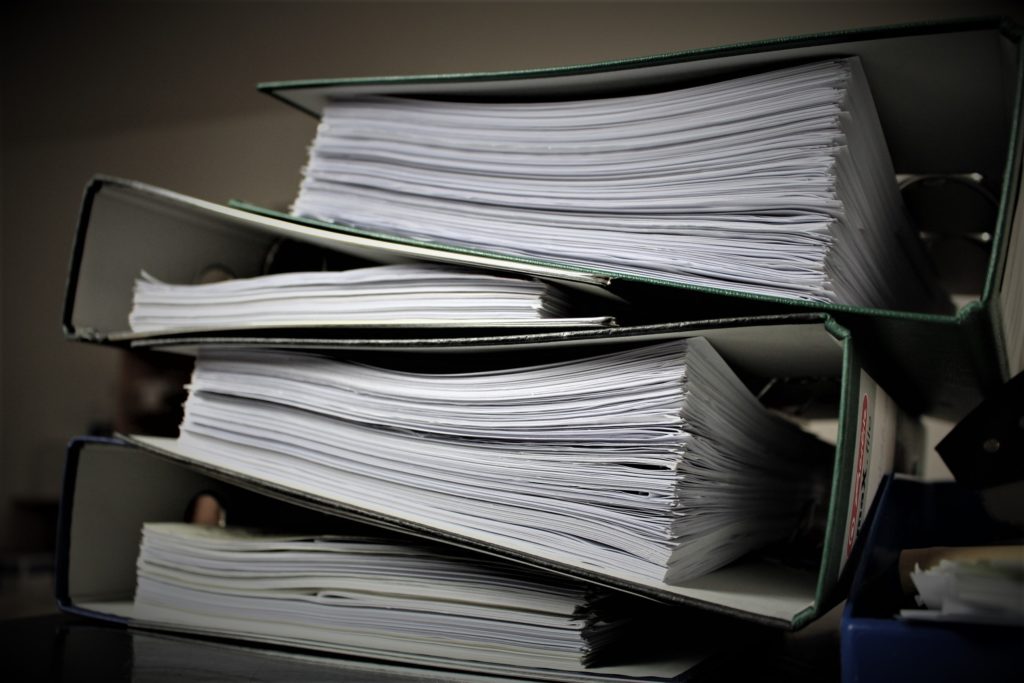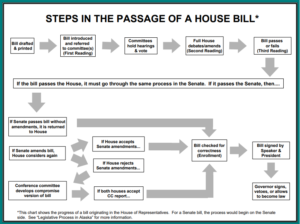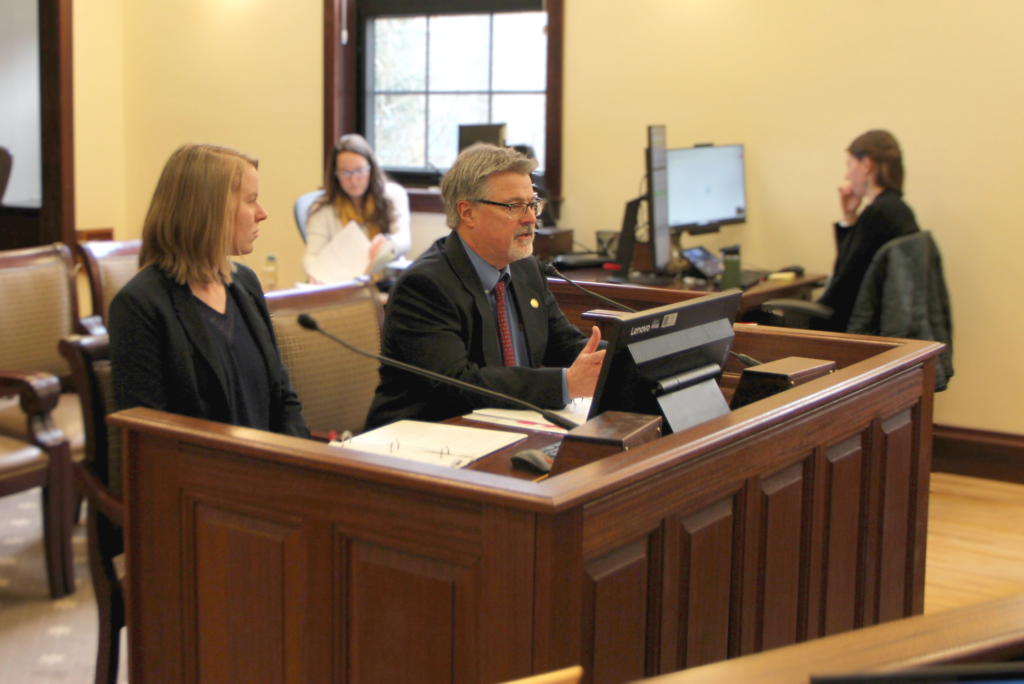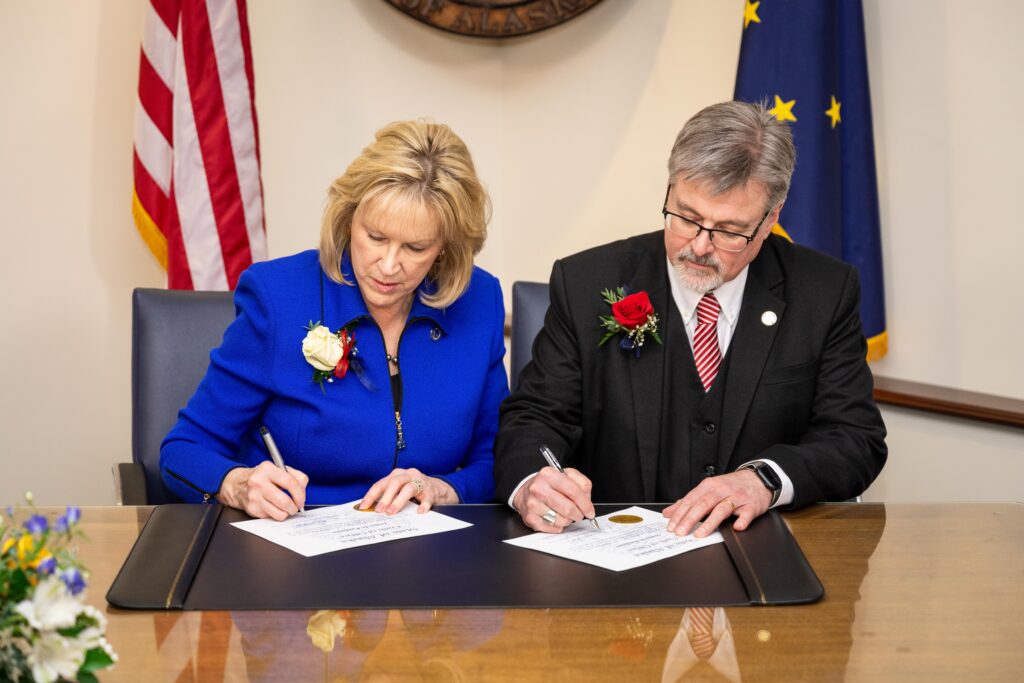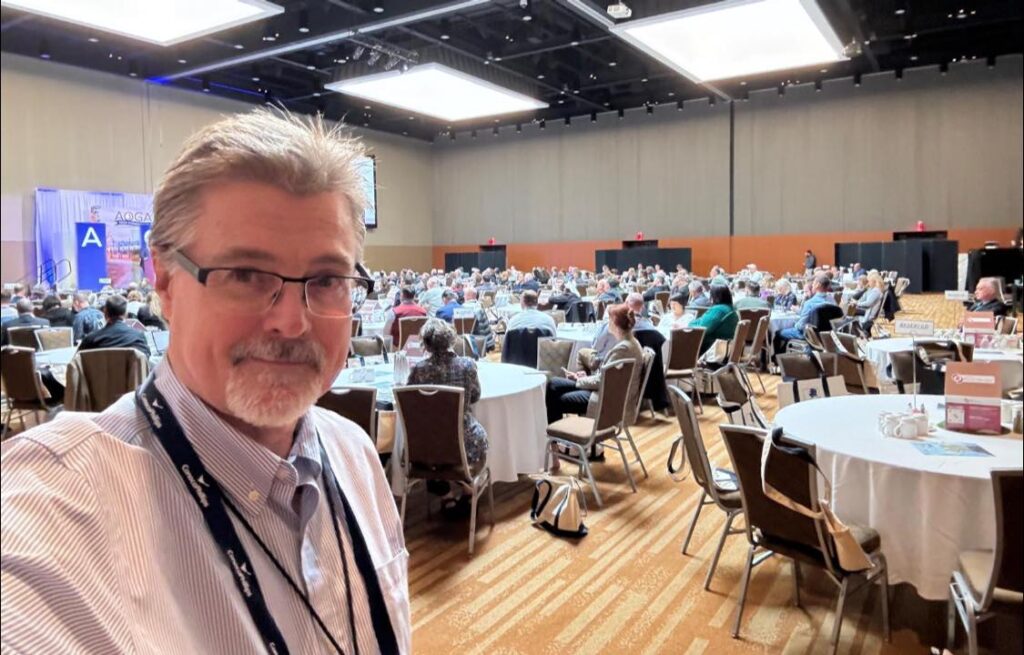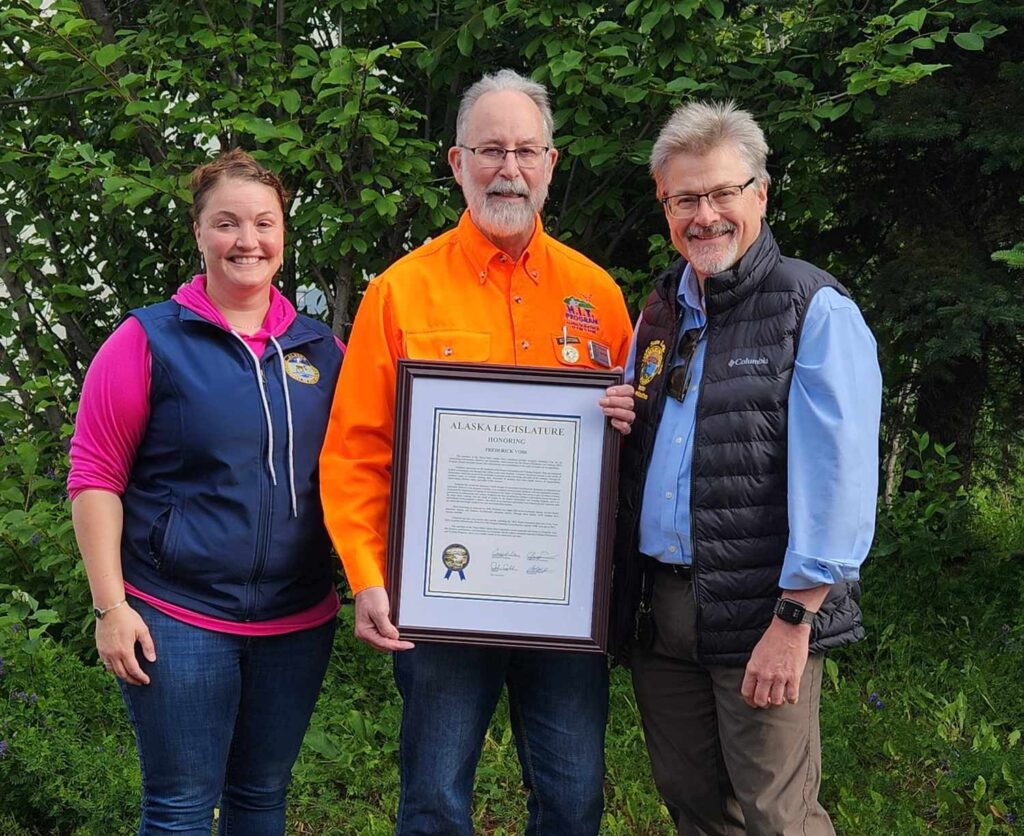Introduction
The Alaska legislative process is not extremely different from that of the Federal Government. At a high level, laws begin as ideas from the governor, a representative, an interest group, a constituent, or somebody else. A representative or the governor then works on developing out the best available solution to the issue or problem and they work with the legal support staff here in Juneau on drafting the bill. After a few drafts and once the bill sponsor is happy with the bill, the sponsor gives it to the chief clerk to be assigned a number and introduced on the floor. During the introduction on the floor, the bill is referred to one or more committees based on what programs or activities the bill affects.
There are four types of committees in the Alaska state legislature: Standing, special, and joint committees as well as subcommittees. Standing committees are permanent committees, while special committees are created each session if a majority of the body’s members vote in favor of creation. Joint committees include members of both bodies (Senate and House) and are created by law or a joint resolution.
Committee Work
The chair of the committee to which the bill was referred to can choose whether to hear the bill. If heard, committees can vote to approve the bill in its original form or make modifications through a committee substitute. Once bills or substitutes are approved by the committee, the bill is sent to the next committee. After going through the committee processes, the Rules Committee can schedule the approved legislation for a second reading on the floor.
Floor Action and the Other Body
The second reading on the floor includes reading the bill information along with the committee reports. A motion is made to adopt committee substitutes/amendments. Amendments can also be proposed/voted on directly on the floor. After this is completed, the final version may be voted on. If the vote passes, the bill will then go through the same process in the other legislative body.
